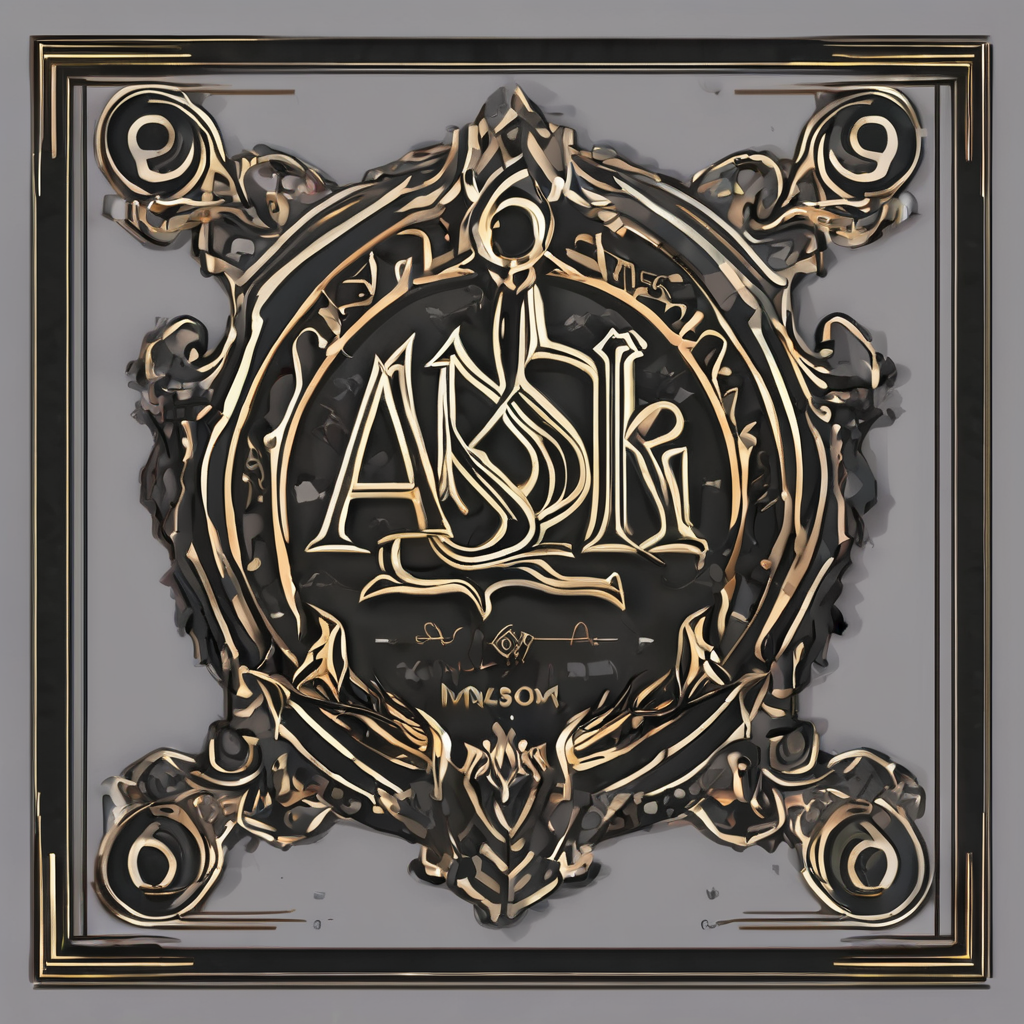A prepress checklist is an essential tool for ensuring quality and accuracy prior to printing. In the production of books, brochures, or any other printed product, this checklist enables you to verify that all information is correctly formatted and ready for the editing and printing phase. You need to check items such as images, resolution, fonts and color to avoid any problems during printing. A well-prepared PDF file is of major importance, as it ensures that the customer’s document retains its quality and integrity on every page. This check, which can include specific items for each project, allows you to flag up any discrepancies before finalizing your work. By using this list, the company ensures that pages are print-ready and meet customer expectations, whether in English or any other language. If you’re still reluctant to check the pre-press checklist before printing, this article may change your mind.
Focus on pre-press
Before you learn about the items to check in the prepress checklist, you should know that prepress refers to all the preparatory steps required before a document is printed, whether in English or any other language. Before moving on to production, you need to check things like image resolution, file format, fonts used and design fidelity, to avoid any problems during printing. For example, a well-prepared PDF file is essential, as it ensures that the documents produced (books, brochures, etc.) meet the customer’s expectations. Page checking is also essential to ensure that every image, every color and every page is correctly aligned.
Also read : How Can UK Food Delivery Services Use Technology to Improve Efficiency?
What’s more, during document management, any discrepancies or inconsistencies must be pointed out to avoid errors in the print. Prepress is just as much a part of traditional printing as it is of projects for the web or digital publishing. Good preparation enables the production of quality work, ensuring that all information and images are ready to be printed or published according to customer requirements, and with reliable services.
Prepress process: how does it work ?
The pre-press process is a crucial stage before the printing of documents (books, brochures, etc.). Whether in English or any other language, services begin by receiving files from the customer (business or private), which may be images, documents, notices, or design elements in digital format. The aim is to check that these documents are ready for production, ensuring that they meet the necessary specifications. You need to check things like image resolution, font conformity, format compliance, and design fidelity.
Also read : What Are the Best Strategies for UK Healthcare Providers to Adopt Telemedicine?
A PDF file is often generated as the final version, as it preserves the layout and information intact when it goes to print. If you find a problem, such as poorly defined designs or missing pages, you need to report it quickly to avoid production errors. Good information management is therefore essential at every stage. Once these checks have been carried out, the documents are sent to the press for printing. The pre-press process concerns documents for both print and web publishing, where design quality can vary. Good management of this process guarantees satisfactory results, in line with customer expectations (whether corporate or private).
Prepress checklist: what to look for ?
In the prepress checklist, here are the essential elements to check to guarantee quality work :
- File preparation ;
- Text and fonts ;
- Image and graphic design;
- Color management.
In the printing sector, file preparation is crucial, and this includes checking graphic content, such as images and text, to ensure that they are in the right resolutions and formats for printing. According to the experts, it’s also important to ensure that the correct paper size, margins and crop marks are set. In addition, verification of safe areas for web text and graphics must be confirmed to avoid any errors during services.
Checking texts and fonts is also a fundamental part of print production. Make sure that all texts are spelled correctly, and that the layout complies with the project guidelines. In addition, each font used in the layout must be integrated or converted to curves to avoid compatibility problems during the work. In addition, please check that each font is available in the appropriate formats and that their versions are up to date. Don’t forget to ensure that special characters, such as accents or symbols, are correctly rendered, especially in foreign languages. Carelessness in this area can lead to costly printing errors.
As for checking images and graphic design, this guarantees the quality from print to final production. In this respect, you need to choose a high-resolution option, well converted to CMYK mode, suitable for printing, to avoid color rendering discrepancies. Each file must be in the correct formats (such as TIFF or PDF) and must not contain unmanaged transparencies, which could cause problems during printing. Don’t forget to check image links, to avoid missing or corrupted photos. Finally, check that graphic elements are correctly positioned in relation to margins and crop marks to avoid unwanted cuts.
Finally, color management is a key element to check in the prepress checklist, as it ensures design fidelity. To this end, files must be correctly converted to CMYK (Cyan, Magenta, Yellow, Black) color mode, as the RGB (Red, Green, Blue) mode used for screens can be poorly rendered in print. In addition, ICC profiles need to be integrated to ensure accurate matching of shades between different devices (monitors, printers, etc.). Don’t forget to check color spaces, avoiding shades that are too bright or outside the printer’s gamut. In short, overprinting and screening areas must be checked to avoid rendering errors during the printing process.






